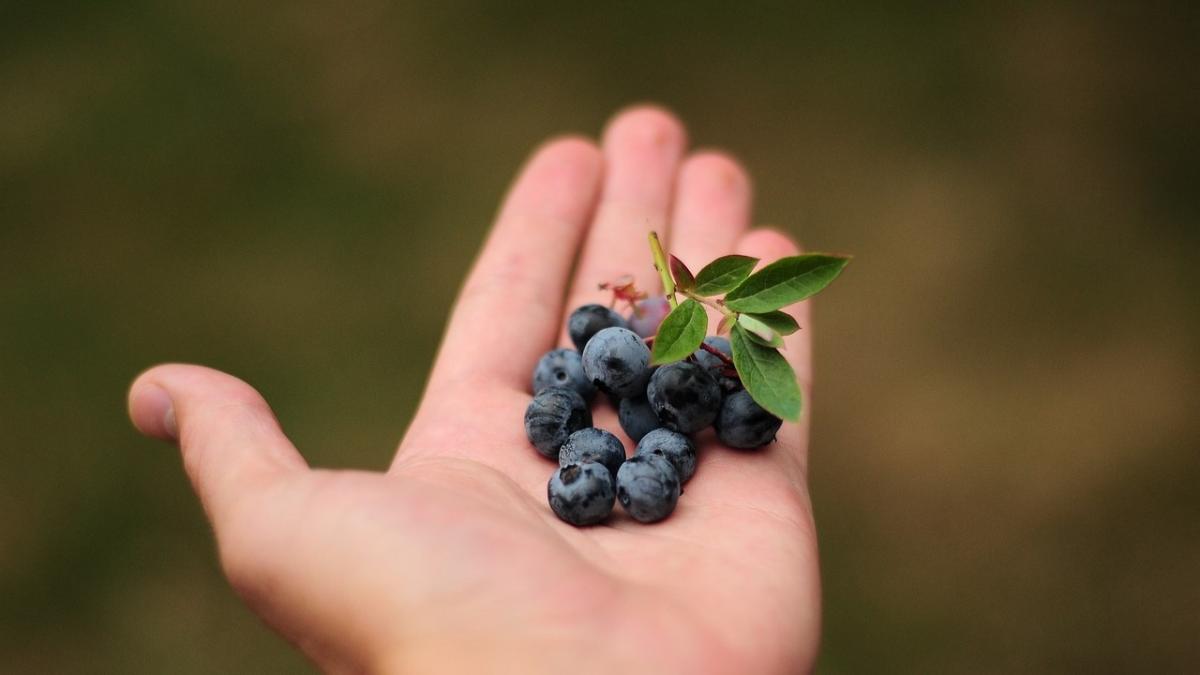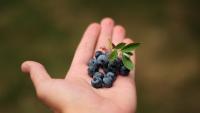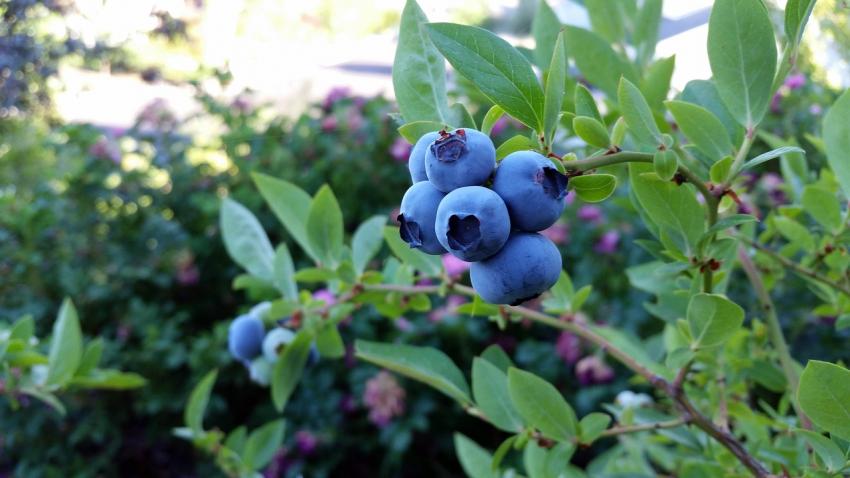You are here
Back to topPeruvian Blueberry Exports Up 61% This Season

According to a report from Peruvian media outlet Agraria.pe, the Peruvian Blueberry Growers Association (Proarándanos) has announced that the total shipment volume of fresh blueberries from Peru for the 2024/25 season (May to April) is projected to reach 323,928 metric tons, a 4.1% increase compared with an earlier estimate in October 2024. Although the season is progressing more slowly than the previous one, production has grown significantly.
The report indicates that Peruvian blueberry exports had reached 254,406 metric tons as of mid-December, marking a 61% increase compared with the same period of last season. Approximately 11% of these exports were organic blueberries, with the total organic export volume for the season expected to reach 40,000 metric tons. While organic blueberries were previously sold almost exclusively to the United States, the European market has claimed around 10% of the share this season.
In terms of export destinations, the United States had accounted for 53% (135,000 metric tons) of Peru’s total blueberry exports, followed by Europe at 25% (63,000 metric tons), China at 14% (35,000 metric tons) and the United Kingdom at 5% (12,000 metric tons).
Regarding export methods, 97% of the blueberries exported were shipped by sea. Key ports have included Philadelphia, which handled 58% of exports to the United States, Rotterdam, which received 72% of exports to Europe (excluding Russia), Shenzhen, which dealt with 72% of exports to China, and Dover, which processed 44% of exports to the United Kingdom.
With respect to varieties, the most exported ones have included Ventura, Biloxi, Sekoya Pop and Rocío. Major exporting companies have been Camposol, Agrovisión, Hortifrut, Beta and Agrícola Cerro Prieto.
In terms of the cultivation scale of key varieties, Peru has 20,195 hectares of blueberries certified by the Servicio Nacional de Sanidad Agraria (Senasa), a department under the Ministry of Agriculture. The varieties Ventura, Biloxi and Sekoya Pop account for 26%, 16% and 14% of the total cultivation area, respectively.
Image: Pixabay
This article was translated from Chinese. Read the original article.















Add new comment